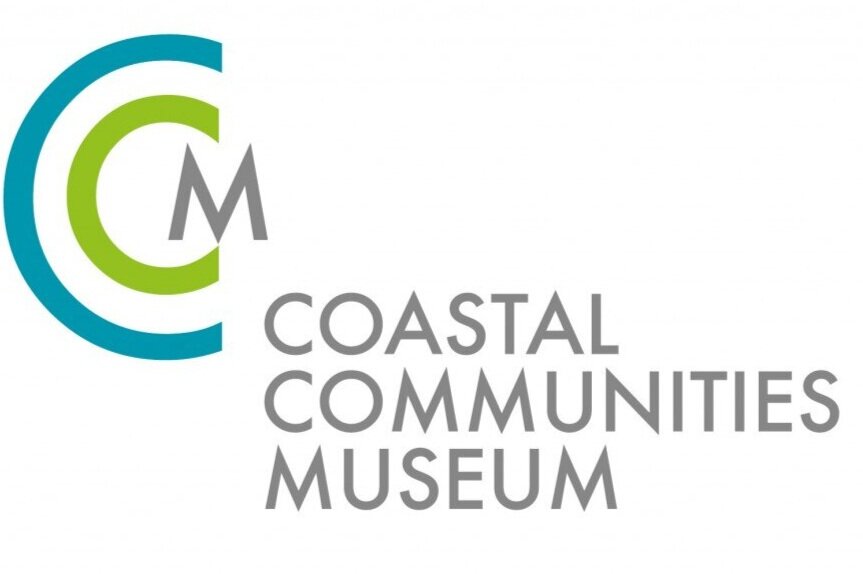VIRTUAL TOUR
We’ve created a short film to give a taster of some of the fascinating exhibits you will encounter at the Coastal Communities Museum:
VIRTUAL TOUR HIGHLIGHTS
Object loan courtesy CCMT
“I was born and brought up in North Berwick and in the late 1940s and 50s, Summer Mission teams came from all over Scotland during July and August. After morning prayers the team would come down to the yachting pond where children would play and take part in organised games. In the afternoon the Harmonium was in place with the Church of Scotland Summer Mission banner letting everyone know what they were about.
Choruses such as ‘Wide, wide as the ocean’ and ‘Zacchaeus was a wee little man’ were sung and prayers said. When the town had a fancy dress parade, the team would borrow the Bass Rock Dairy lorry and parade through the streets showing off their banners. The night before they left we would climb The Law and have a ‘sausage sizzle’. We all enjoyed these gatherings. I still keep in touch with someone I met at the Summer Mission 70 years ago.”
As told by Janette Simpson née Mitchell.
Object loan courtesy CCMT
Alexander ‘Prophet’ Peden (1626-1686) was a Covenanting preacher. Covenanters were a 17th-century Scottish religious and political movement who supported a Presbyterian Church of Scotland. Presbyterianism is a version of Protestantism with its own particular doctrine and religious worship, and is the form that the Scottish kirk took after the Reformation in 1560. The name is derived from ‘Covenant’, a biblical term for a bond or agreement with God.
In 1660, Charles II declared himself head of the Scottish kirk and Covenanters became outlaws. Peden wore a version of this mask for 11 years to avoid being recognised as he travelled the country preaching. He was captured in 1673 and imprisoned for four years on the Bass Rock. After escaping, he returned to Scotland and continued to preach illegally until his death in 1686. His story inspired the Tale of Tod Lapraik in Catriona, by Robert Louis Stevenson.
Postcards loaned by Iain Ralston
Reginald P Phillimore was born in 1855 in Shropshire. Although he was a school teacher, art was his passion. In 1894 he inherited two houses in North Berwick from his aunts; Rockstowes in Melbourne Road and second house in York Road. He moved to Rockstowes and began his career as an artist. In addition to paintings he produced picture postcards of East Lothian. His postcards featuring the Bass Rock (which he could see from his window at Rockstowes) were the most popular. He produced 700 postcards including 92 of Edinburgh and places he visited in England.
Picture postcards were a cheap and enjoyable form of communication. Sending postcards to friends and family became an essential part of holidays from the 1890s. Many of Phillimore’s postcards had a strip at the foot of the picture illustrating events associated with the subject. He died in North Berwick in 1941, and was buried in Shropshire.

